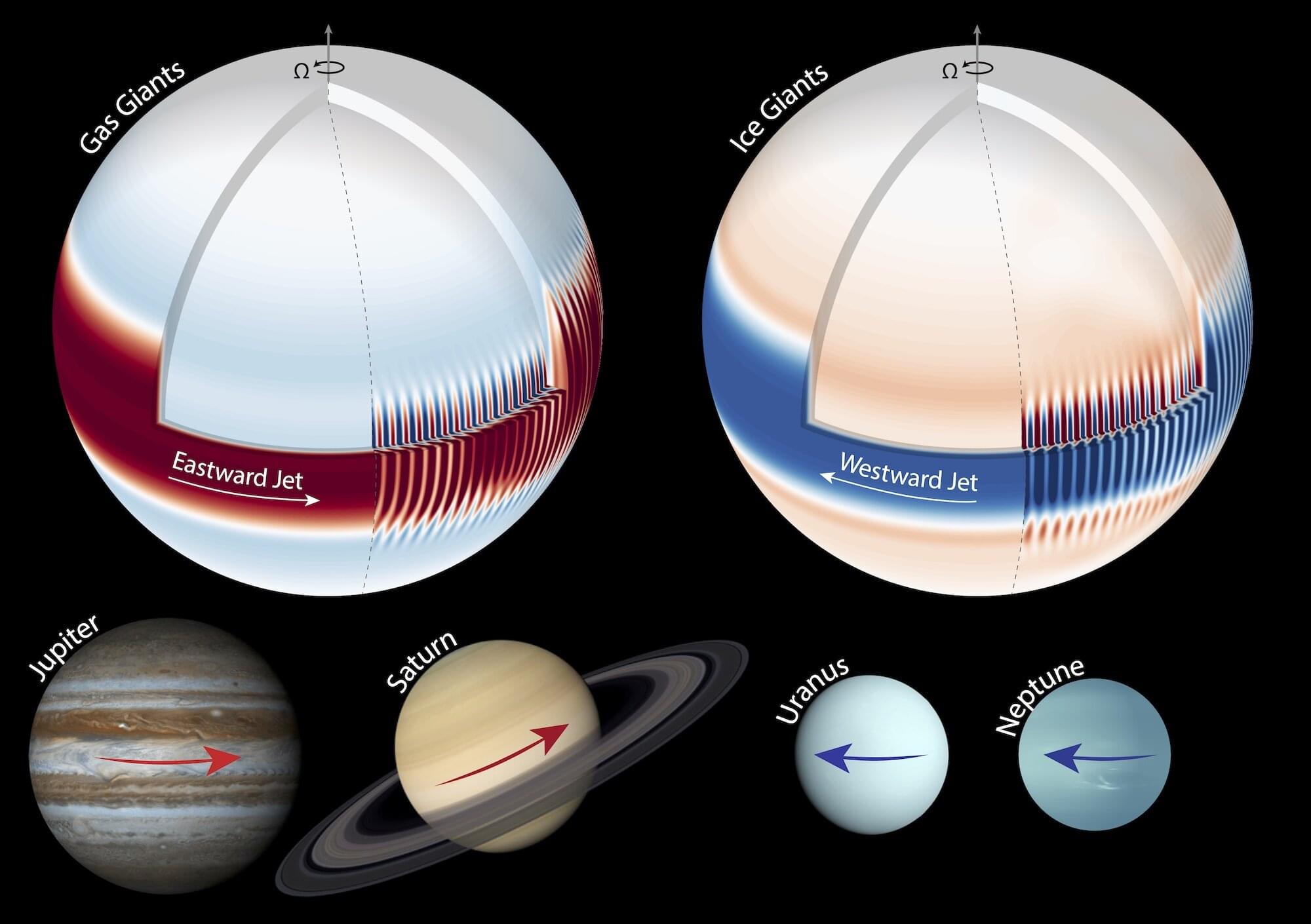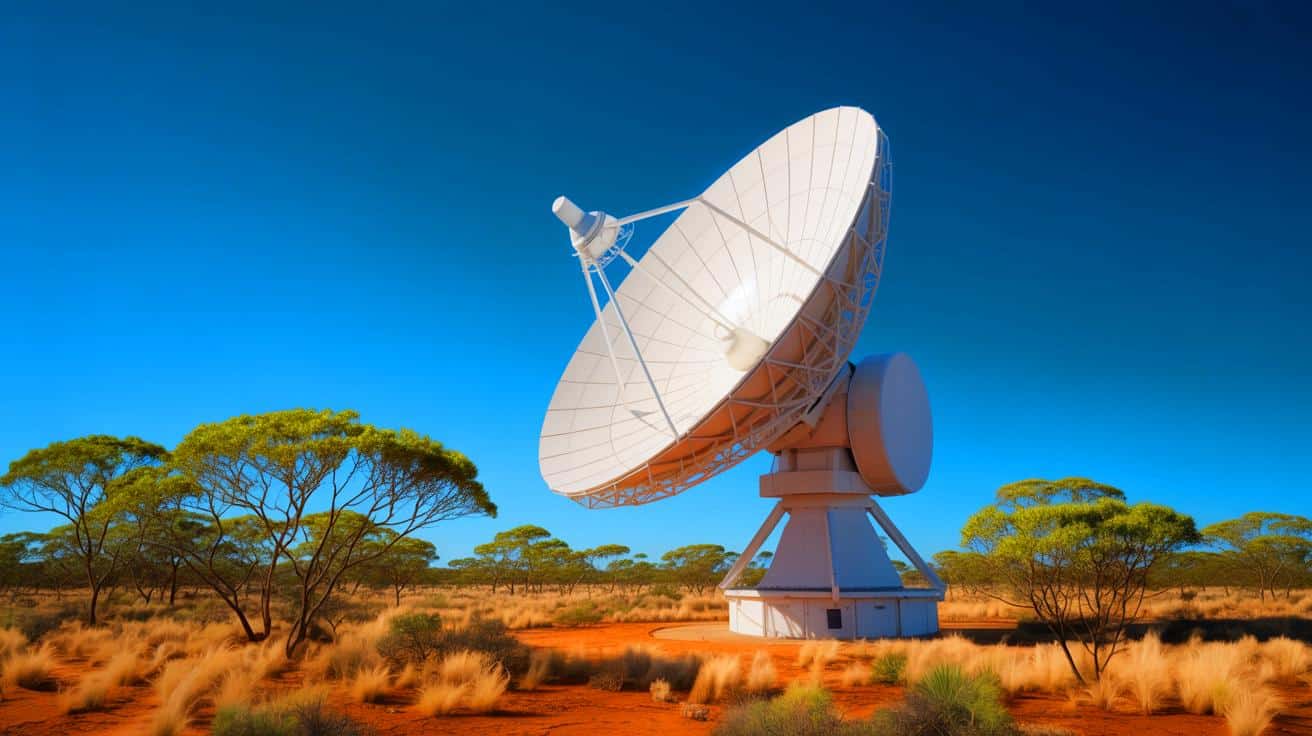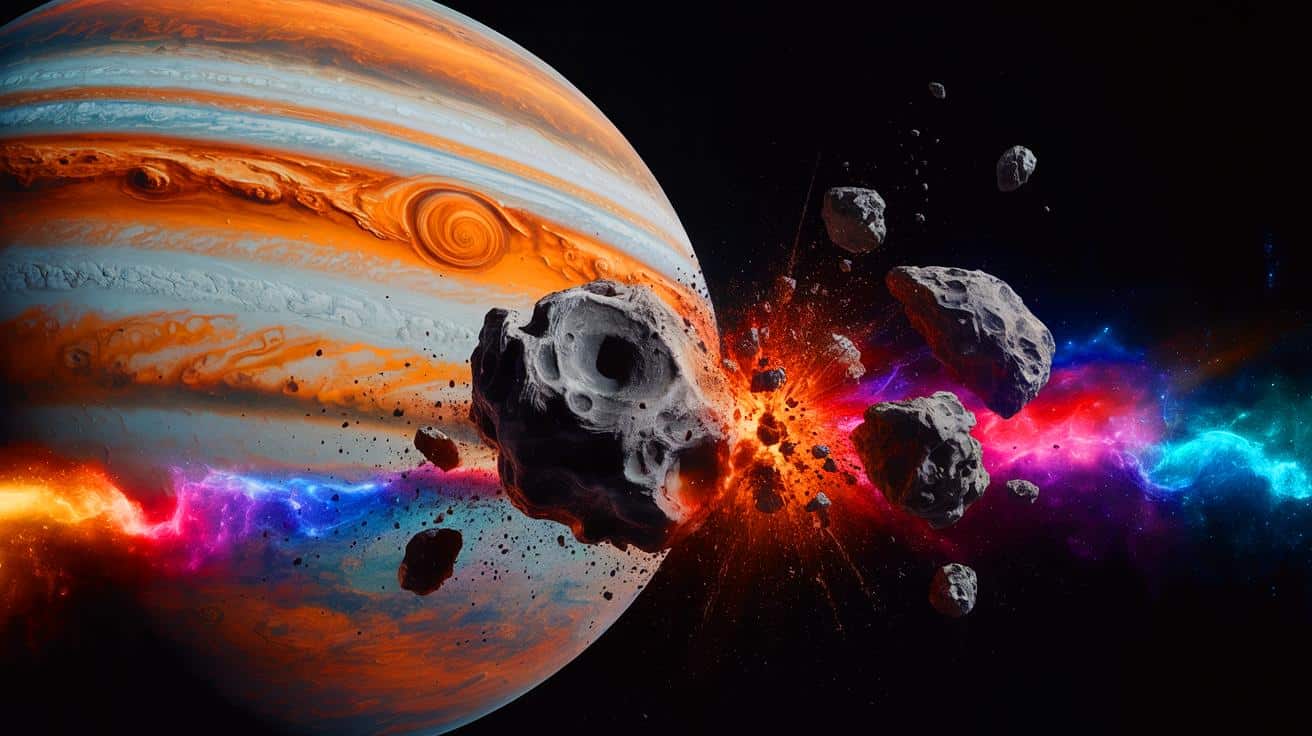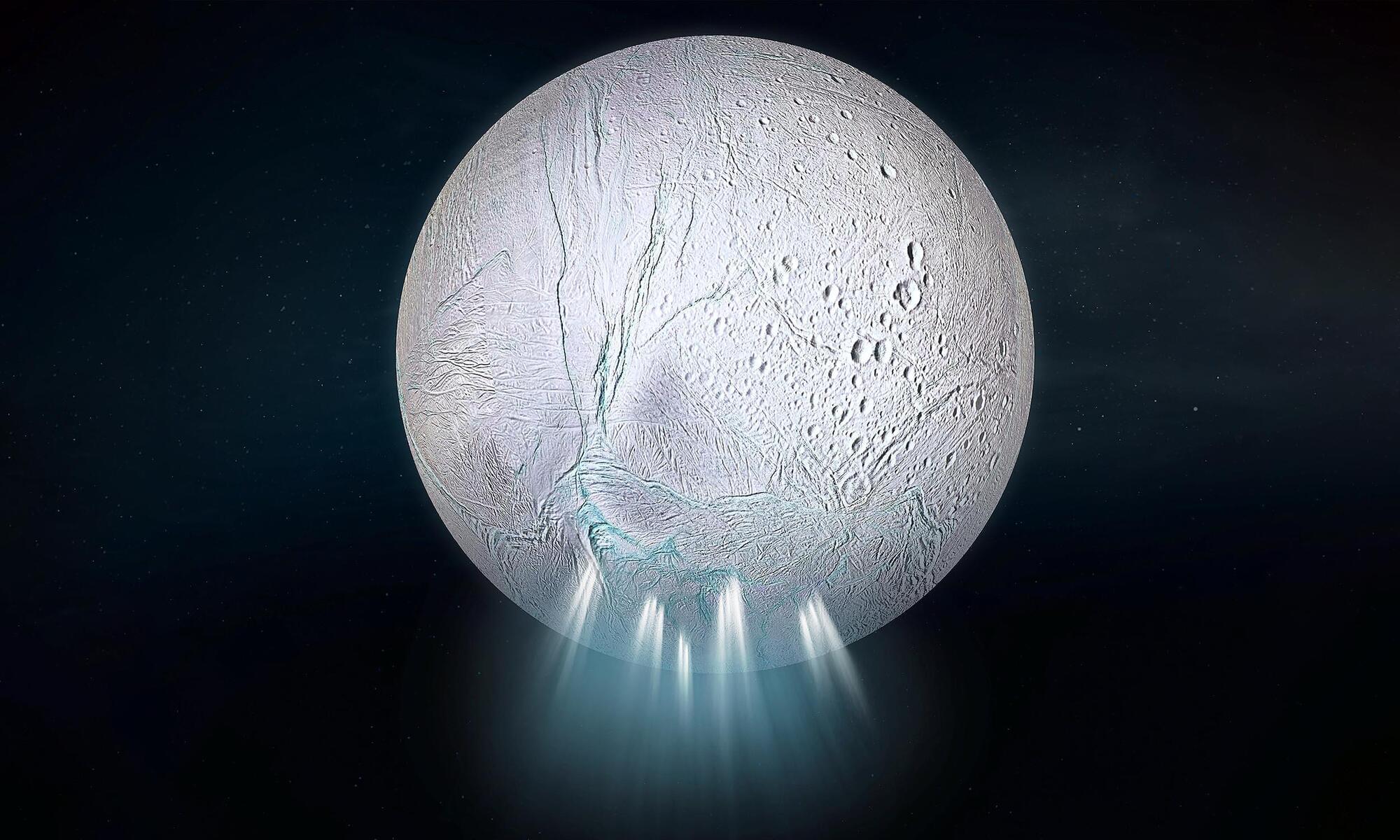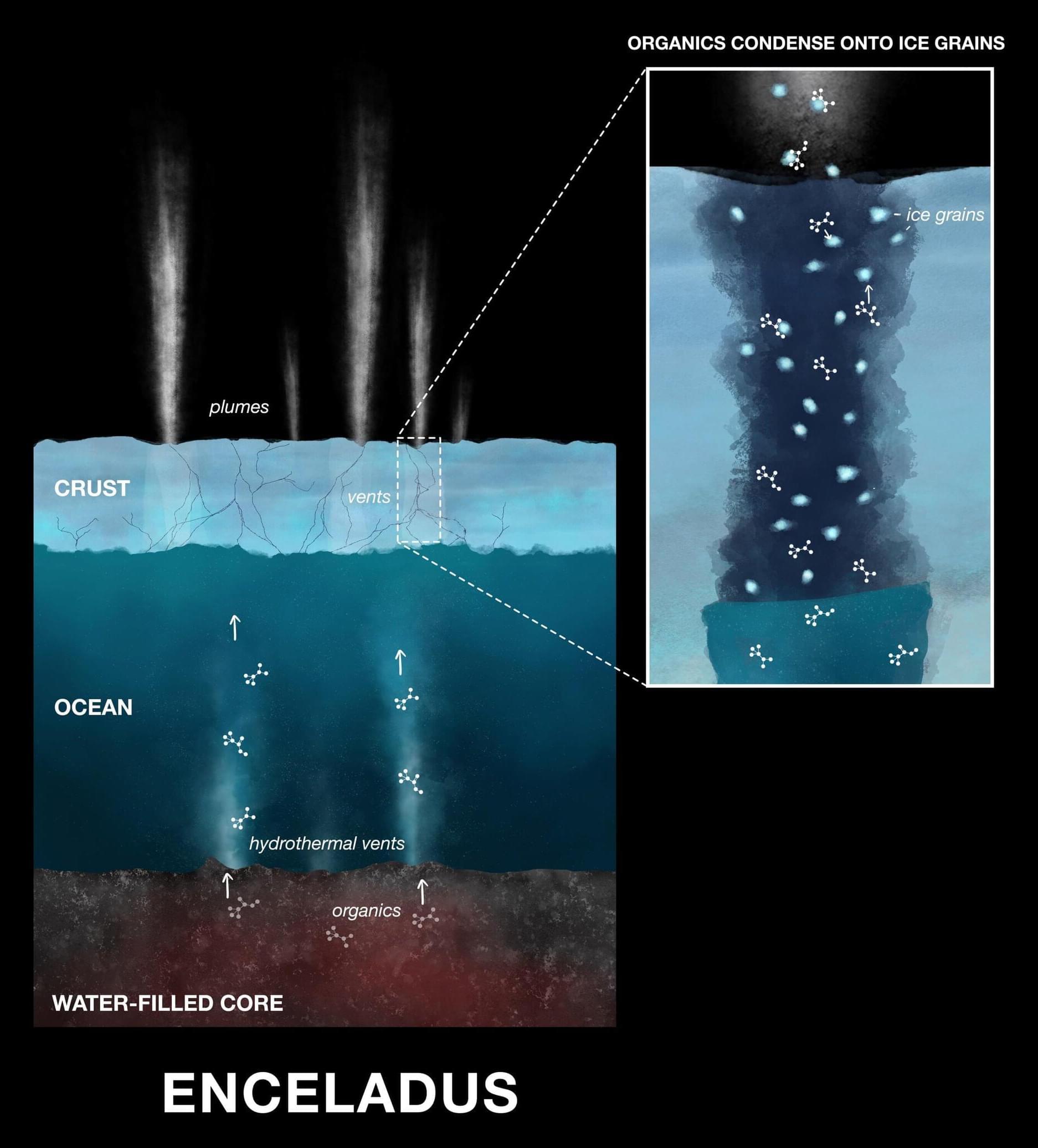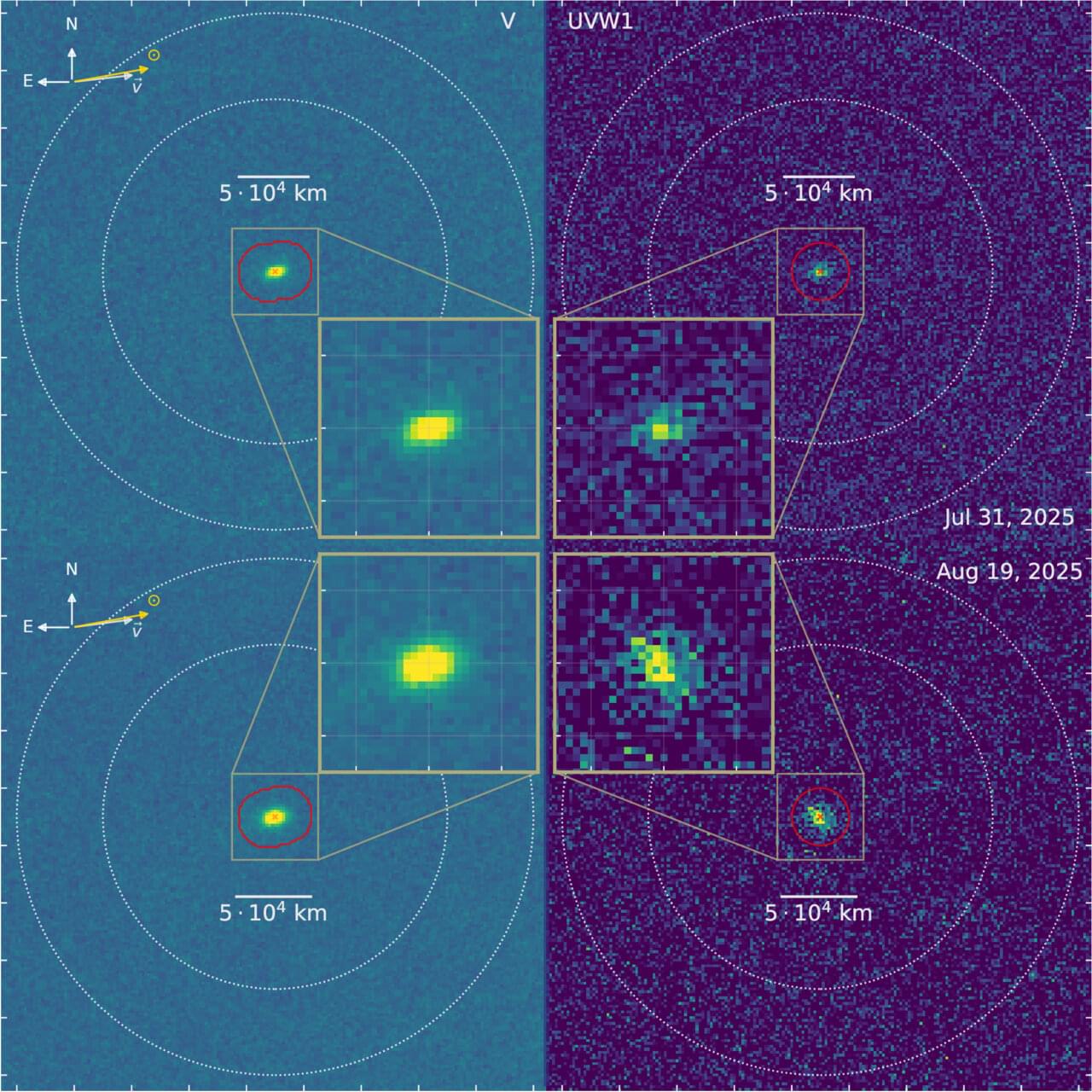One of the most notable properties of the giant planets in our solar system—Jupiter, Saturn, Uranus and Neptune—are the extreme winds observed around their equators. While some of these planets have eastward equatorial winds, others have a westward jet stream. For the first time, an international team of scientists led by Leiden Observatory and SRON, can explain the winds on all the giant planets using one model.
So-called fast rotating convection in the atmospheres of the giant planets can play a crucial role in driving both east and westward jet streams. This is what a team of astronomers led by postdoctoral researcher Keren Duer-Milner from Leiden Observatory and SRON has found. The research has been published in the journal Science Advances.
Using global circulation models, the team found that differences in atmospheric depth can produce the eastward jets on Jupiter and Saturn and the westward jets on Uranus and Neptune. The system shows a so-called bifurcation: Under the same conditions, the atmosphere can settle into one of two stable states—either eastward or westward equatorial jets—establishing a direct link between jet direction and atmospheric depth.
